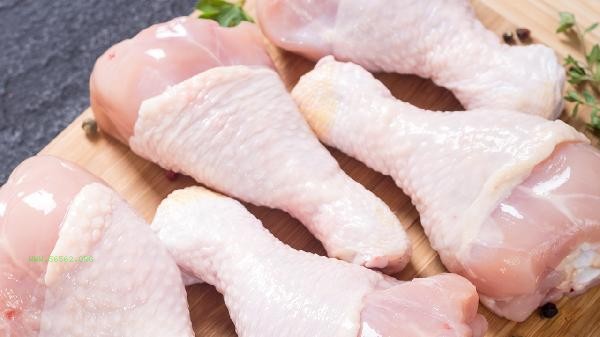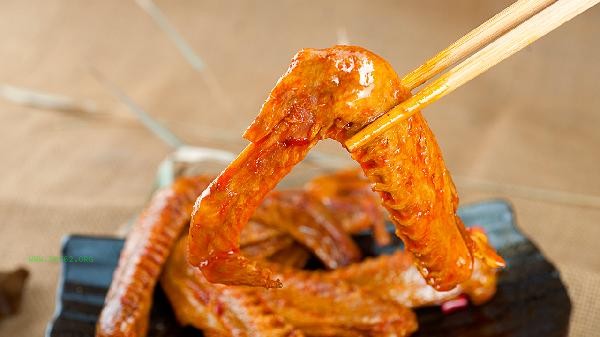Moderate consumption of chicken may help lower blood pressure, mainly due to the high-quality protein, arginine, potassium and other components in chicken. Chicken is a low-fat and high protein food, and its specific nutritional components can assist in controlling blood pressure through mechanisms such as improving vascular function and regulating sodium potassium balance.

1. High quality protein function
Chicken is rich in easily digestible and absorbable high-quality protein, which can provide essential amino acids for the human body. Peptides produced by protein breakdown can inhibit the activity of angiotensin-converting enzyme, reduce the production of vasoconstrictors, and thus help dilate peripheral blood vessels. Long term moderate intake has a positive effect on maintaining vascular elasticity, but it should be noted that the daily intake should not exceed 200 grams.
2. High content of arginine
Chicken breast meat contains abundant arginine, which can be converted into nitric oxide in the body. Nitric oxide is an important vasodilator that can relax vascular smooth muscle cells, improve endothelial function, and promote blood circulation. For patients with primary hypertension, this mechanism may have a mild antihypertensive effect.
3. Potassium element regulation
Peeled chicken contains about 300 milligrams of potassium per 100 grams, which can counteract the pressor effect of sodium ions. Potassium ion can reduce water and sodium retention in the body by regulating the sodium excretion function of the kidney, and at the same time stabilize the cell membrane potential, which is helpful to maintain normal blood pressure. It is recommended to pair it with high potassium vegetables such as spinach and bananas for better consumption.

4. Low saturated fat characteristics
Compared to red meat, chicken has a lower saturated fat content, especially after peeling, the fat content can be reduced by more than half. Reducing saturated fat intake can lower blood viscosity, alleviate arterial wall inflammation, and long-term help prevent blood pressure elevation caused by arteriosclerosis. When cooking, high-fat methods such as deep frying should be avoided.
5. Vitamin B family synergy
Chicken is rich in nutrients such as niacin and vitamin B6, which participate in homocysteine metabolism and can reduce the damage of this harmful substance to vascular endothelium. Vitamin B3 can also dilate peripheral blood vessels and may produce a synergistic antihypertensive effect when combined with proteins. Suggest choosing low-temperature cooking methods such as steaming to preserve nutrients. Hypertensive patients can use chicken as a high-quality source of protein, consuming 3-4 times a week with 100-150 grams each time, and avoiding consuming it with pickled foods. It is recommended to use a cooking method with less oil and salt, and pair it with sufficient vegetables and fruits. It should be noted that relying solely on diet for blood pressure reduction has limited effectiveness. Diagnosed hypertensive patients should regularly monitor their blood pressure, follow medical advice for standardized medication, maintain moderate exercise and regular sleep patterns, and comprehensively manage their blood pressure levels.









Comments (0)
Leave a Comment
No comments yet
Be the first to share your thoughts!